Animals that start with P involve an incredible display of diversity. While I couldn’t include every single animal that starts with the letter P, I pulled together a list of amazing animals to help you explore the topic.
Let’s dive right in!
Animals That Start With P: A Summary
Here’s a quick summary of my list of animals that starts with the letter P:
- Panther
- Peacock
- Panda
- Penguin
- Porcupine
- Polar Bear
- Possum
- Platypus
- Pelican
- Parrot
- Puffin
- Python
- Parakeet
- Pangolin
- Pufferfish
- Pronghorn
- Prairie Dog
- Prairie Falcon
- Pygmy Marmoset
- Patas Monkey
- Peregrine Falcon
- Pheasant
- Piranha
- Peacock Spider
- Pigeon
Animals That Start With P: A Closer Look
Want to learn more about the animals that start with P? I share more information about each species below:
Panther
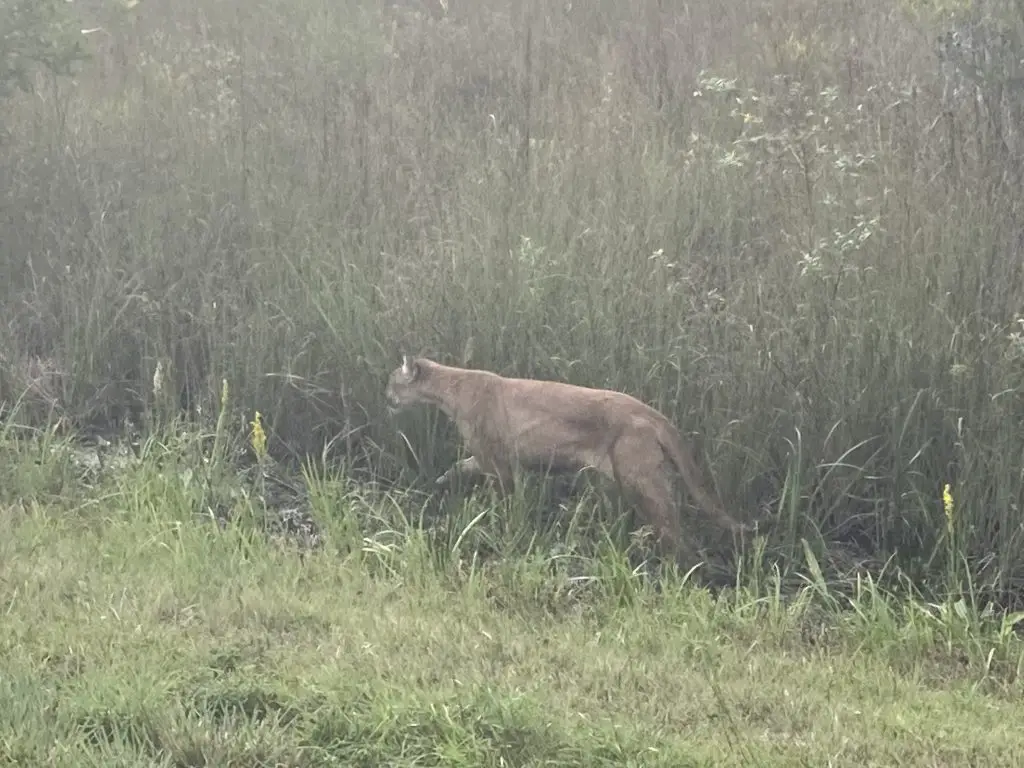
The panther, also commonly known as the puma or cougar, is a graceful and powerful big cat. While it goes by many common names, the scientific name of Puma concolor remains the same. Its sleek, tawny coat with a whitish underbelly allows it to blend seamlessly into its surroundings. This solitary hunter possesses remarkable agility and strength, enabling it to pounce on prey swiftly. Panthers are found in a diverse range of habitats, including forests, mountains, and grasslands, spanning across North and South America.
One unique fact about the panther is its adaptability, as it can thrive in a variety of ecosystems, from dense forests to arid deserts. It’s known for its ability to leap impressive distances, allowing it to navigate its terrain with ease. Despite its wide distribution, the puma faces challenges to its survival.
Peacock
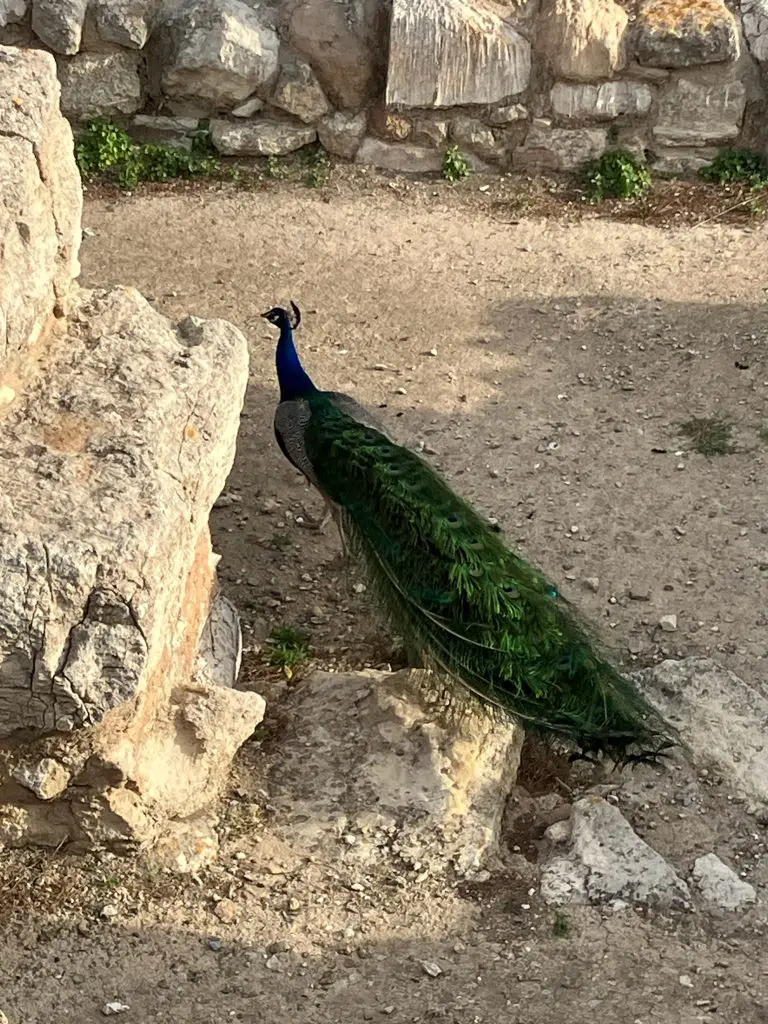
The peacock (Pavo cristatus) is a stunning bird renowned for its vibrant plumage and elaborate courtship displays. The male, known as the peacock, exhibits a resplendent array of iridescent blue and green feathers adorned with striking eye spots. During courtship, it spreads its tail feathers in a mesmerizing fan to attract potential mates. The female, referred to as the peahen, displays more subdued colors.
Peacocks are native to South Asia, particularly India and Sri Lanka, where they prefer a diverse range of habitats, including forests, grasslands, and farmlands. They are omnivorous, feeding on a diet of seeds, insects, small reptiles, and even snakes.
Panda
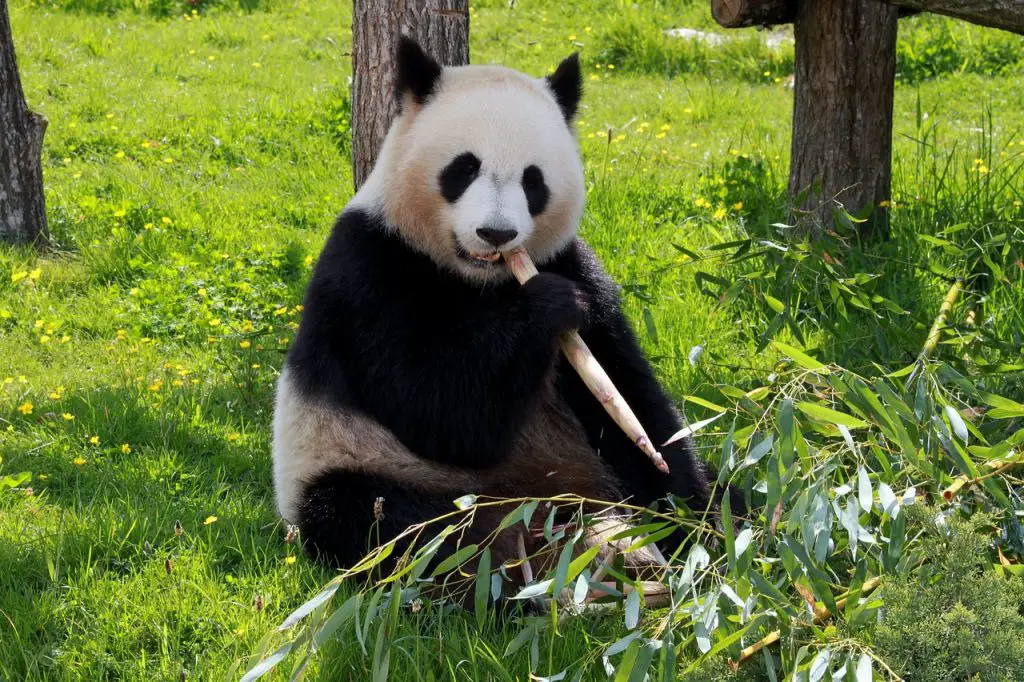
The panda (Ailuropoda melanoleuca) is an beloved bear species, instantly recognizable by its distinctive black-and-white coat. These gentle giants have a rotund body, with black patches over their eyes, ears, and shoulders, contrasting with the white fur covering the rest of their body. Their broad molars and strong jaws are adapted for a primarily herbivorous diet.
Pandas are native to the bamboo forests of southwestern China, where they are highly specialized in consuming bamboo shoots and leaves. In fact, pandas is their “sixth thumb,” which is actually an enlarged wrist bone that acts as a pseudo-thumb, helping them grasp bamboo better. This adaptation is crucial for their survival, as bamboo makes up about 99% of their diet.
Penguin
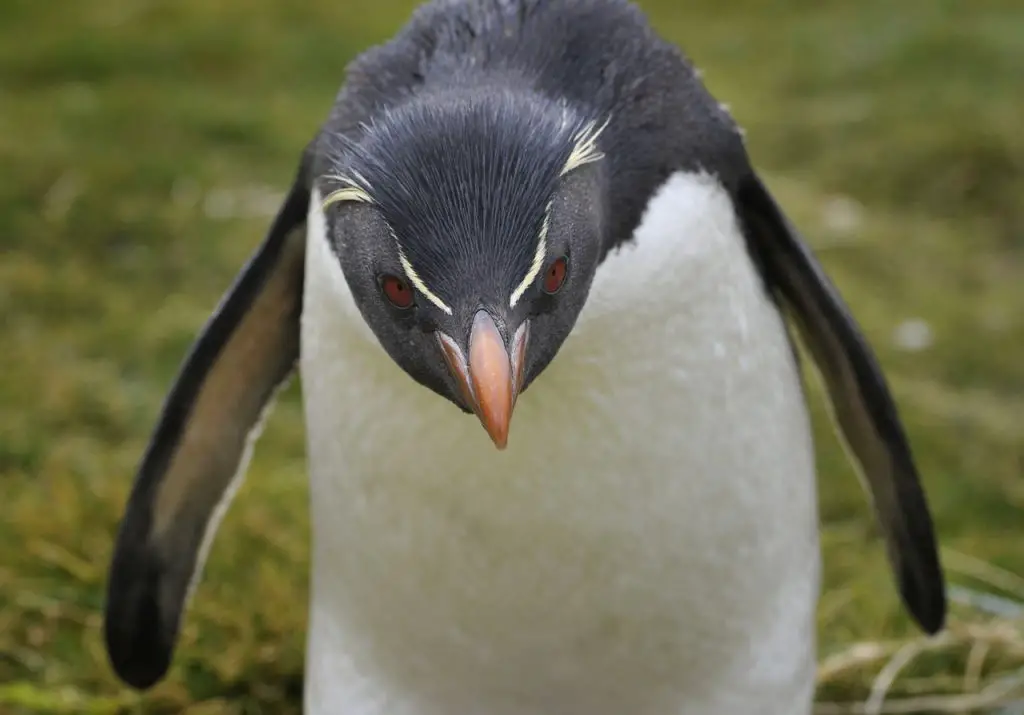
Penguins are aquatic birds that seem to be more comfortable in the sea than on land. It has a streamlined body, flipper-like wings, and webbed feet, which make it an excellent swimmer and allow it to move gracefully through the ocean. Despite being birds, penguins are flightless, as their wings have evolved into flippers for better underwater navigation.
Penguins are found predominantly in the Southern Hemisphere, with some species venturing into temperate regions. They inhabit various coastal areas, from icy Antarctica to the rocky shores of South America, New Zealand, and Australia.
These flightless birds can dive to astonishing depths while hunting for food. Some species can dive as deep as 1,800 feet (550 meters) and hold their breath for several minutes.
Porcupine
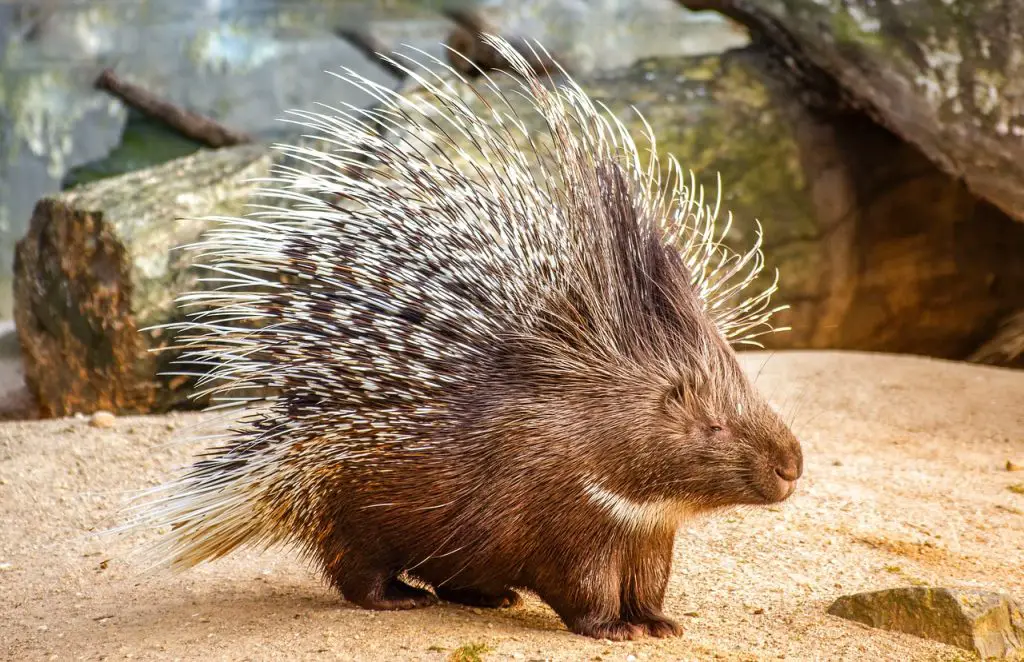
The porcupine is a fascinating nocturnal rodent known for its unique and effective defense mechanism: quills. These sharp, barbed quills cover their back and can be raised when threatened, deterring predators with a painful prick. Contrary to popular belief, porcupines cannot shoot their quills but rely on contact to deter attackers.
Porcupines are distributed across various habitats, including forests, grasslands, and deserts, throughout North and South America. They are herbivores, feeding on a diet of leaves, bark, fruits, and even roots.
Polar Bear
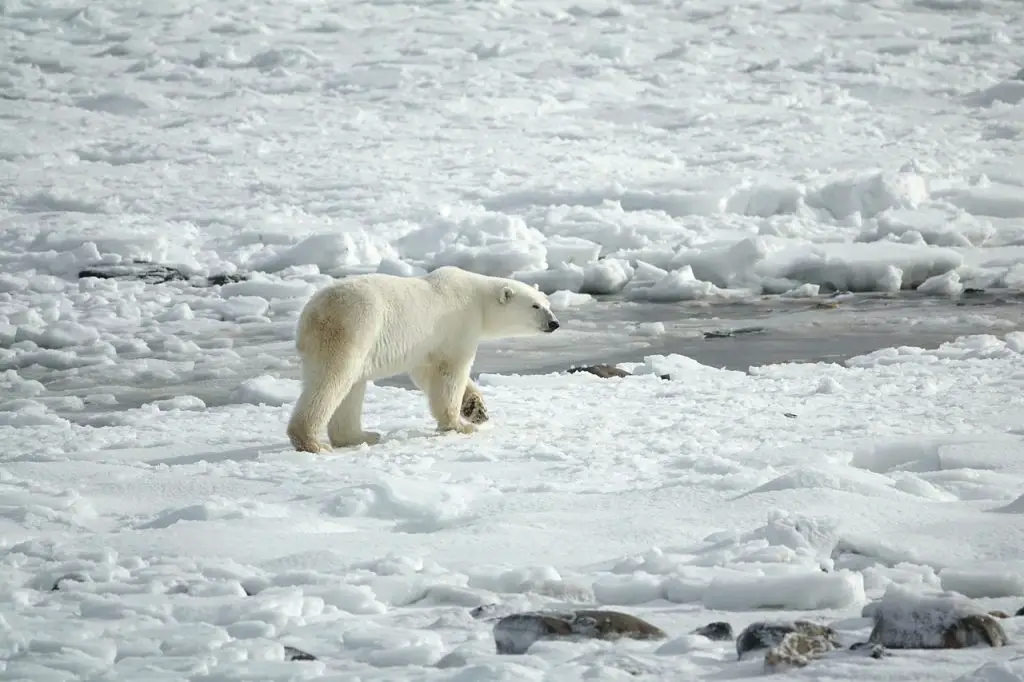
The polar bear is the apex predator of the Arctic, renowned for its adaptation to the icy environment. It boasts a thick layer of blubber and dense fur, appearing white to blend in with the snow and ice. Beneath this fur, their skin is actually black, aiding in absorbing and retaining heat from the sun.
Polar bears are highly specialized for a semi-aquatic lifestyle. They are excellent swimmers, capable of covering long distances in search of food. They primarily hunt seals and other marine mammals, relying on cracks in the ice to catch their prey. The bears can fast for extended periods, especially during the summer months when sea ice retreats, limiting their access to food.
Possum
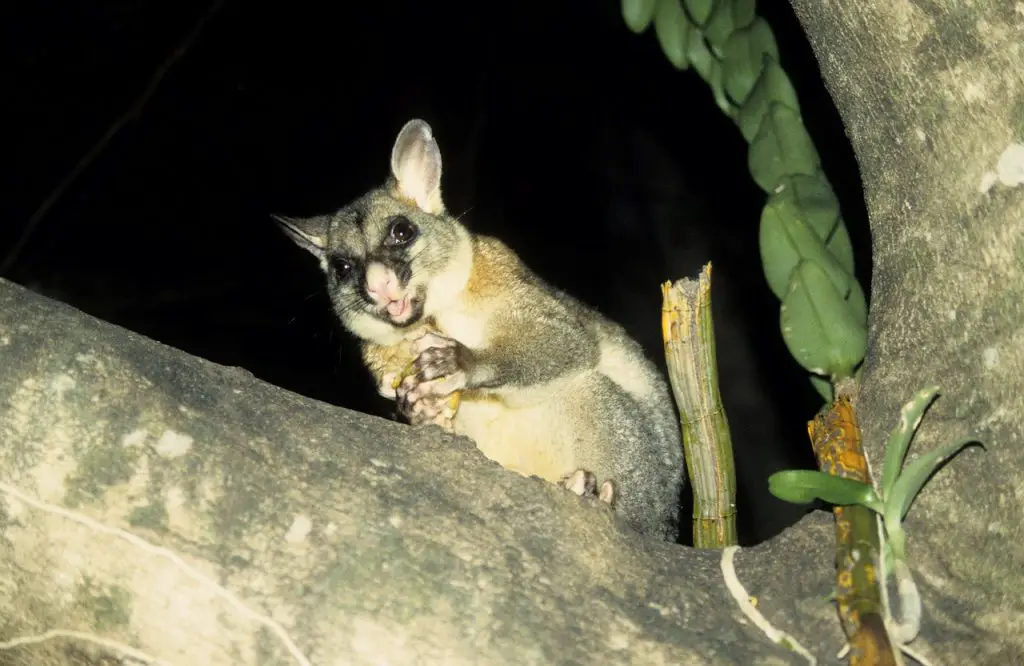
Possums are small to medium-sized marsupials with a diverse range of species. They have pointed snouts, sharp teeth, and a prehensile tail, which they use for balance and gripping branches. Despite their similar name, possums are not closely related to the opossums found in North America.
Platypus
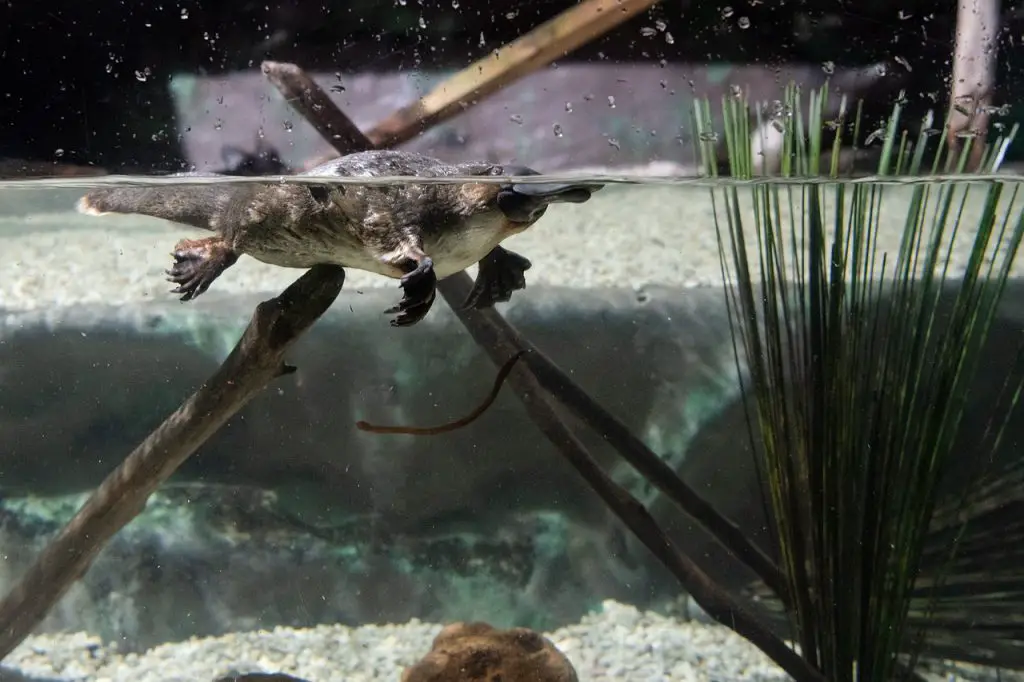
The platypus is an egg-laying mammal known for its fascinating blend of features. With a sleek body covered in waterproof fur, it resembles a beaver or otter. However, what sets it apart are its duck-like bill and webbed feet, making it a unique amalgamation of mammalian, avian, and reptilian characteristics.
Platypuses are primarily found in freshwater habitats, such as rivers and streams, along the eastern coast of Australia. They are highly adapted for a semi-aquatic lifestyle, capable of swimming gracefully underwater while hunting for small aquatic creatures like insects, crustaceans, and even small fish.
Pelican
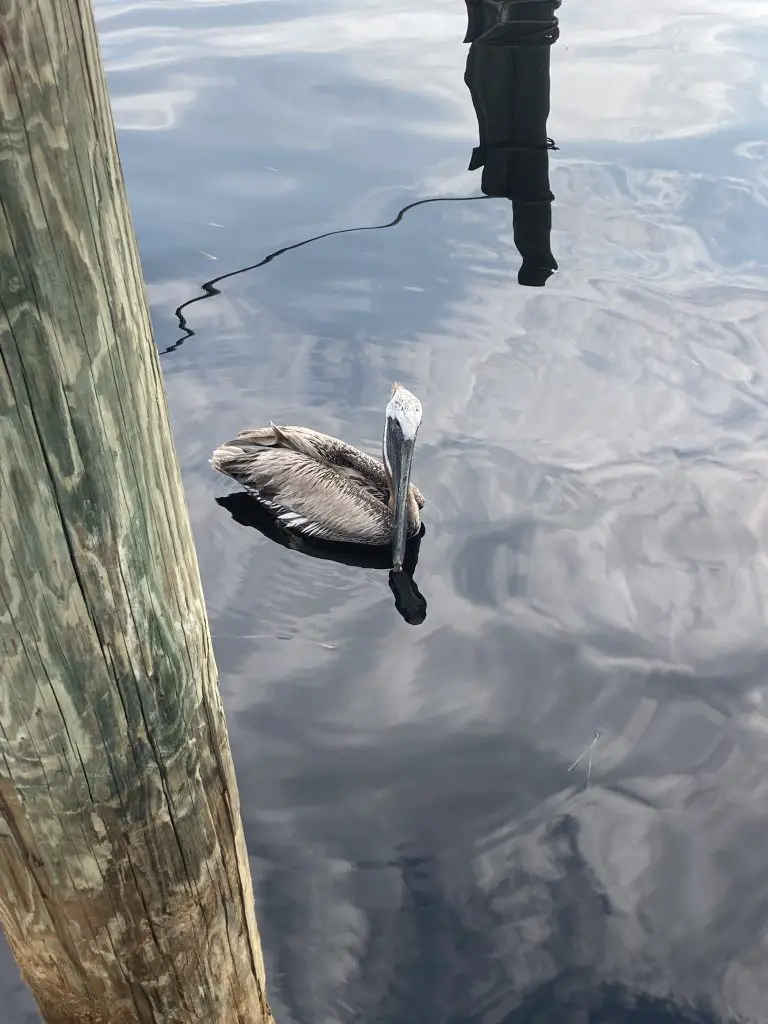
Pelicans are highly adapted to a marine lifestyle and are found in coastal and inland waters across the world. They are skilled fishers, using their pouches to scoop up fish from the water’s surface.
The shorebirds exhibit cooperative feeding behavior. They often work together to corral fish, making it easier for them to catch their prey.
Parrot
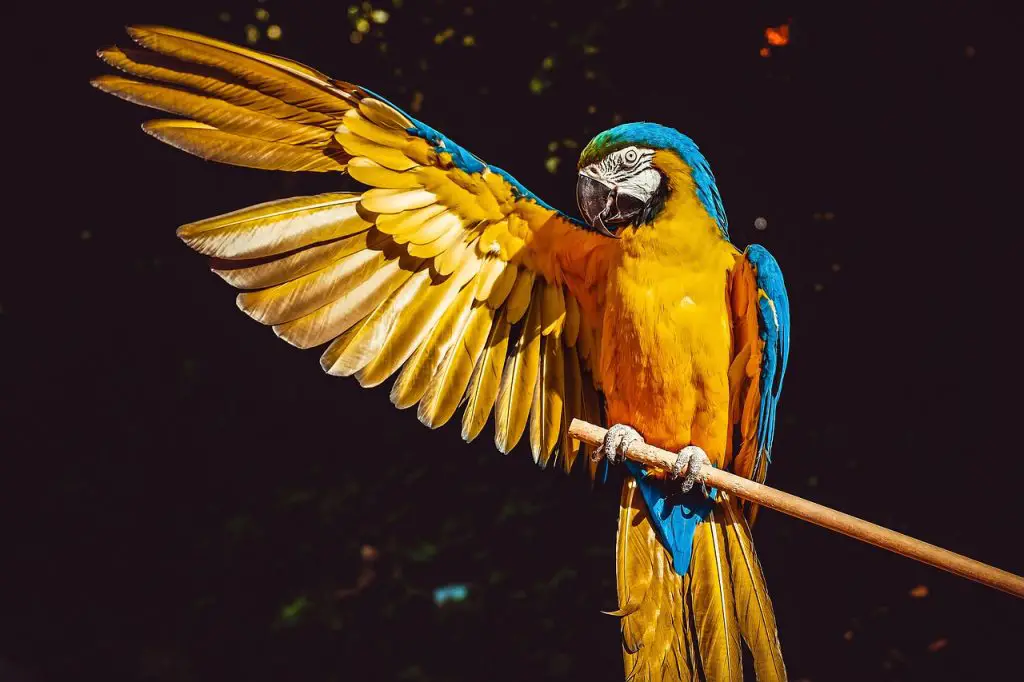
The parrot is a colorful and intelligent bird with vibrant plumage and a remarkable ability to mimic sounds and speech. They have a strong, hooked beak, zygodactyl feet (two toes pointing forward and two toes pointing backward), and a stout body.
Parrots are native to tropical and subtropical regions across the world, including South America, Africa, Australia, and parts of Asia. They thrive in a variety of habitats, such as forests, savannas, and coastal areas.
Puffin

The puffin is a distinctive seabird, easily recognizable by its striking plumage and brightly colored beak. They have black and white feathers, with a vibrant orange or yellow beak and matching webbed feet.
The birds nest in colonies on coastal cliffs and islands in the northern Atlantic and Pacific Oceans. They spend much of their lives at sea, diving underwater to catch fish and other marine creatures.
Python
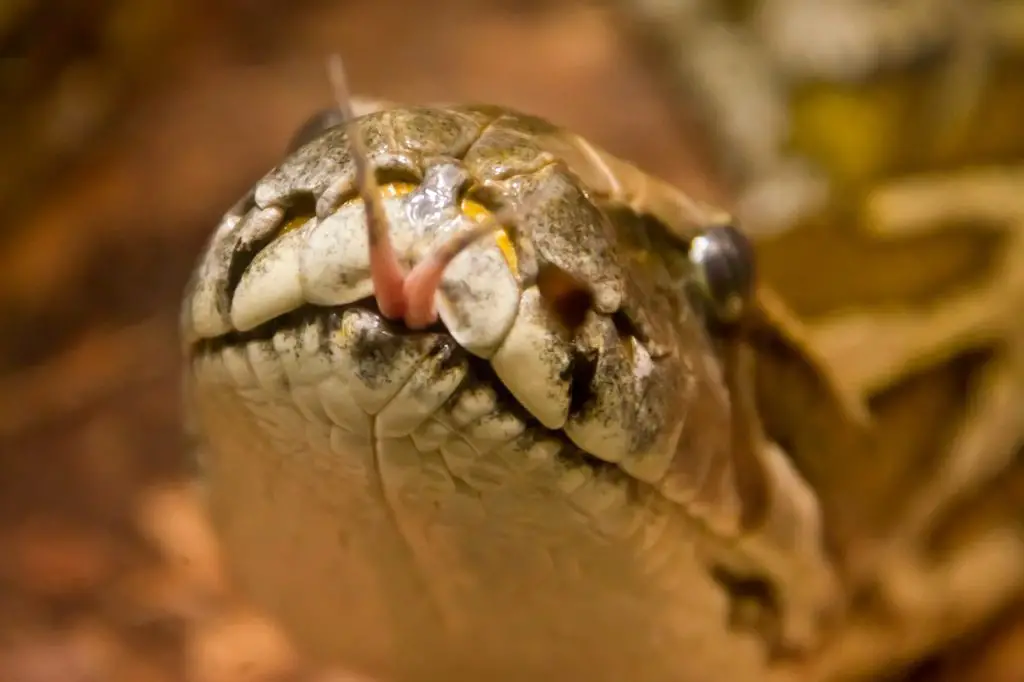
The python is a powerful snake, belonging to the Pythonidae family. These non-venomous constrictors have a robust and elongated body covered in intricate patterns. Their scales are smooth and glossy, providing excellent camouflage in their natural habitats.
As some of the largest snakes in the world, they have an ambust hunting strategy. They ambush their prey, which can range from small mammals to large birds, by striking swiftly and coiling around them, squeezing until the prey suffocates.
Parakeet
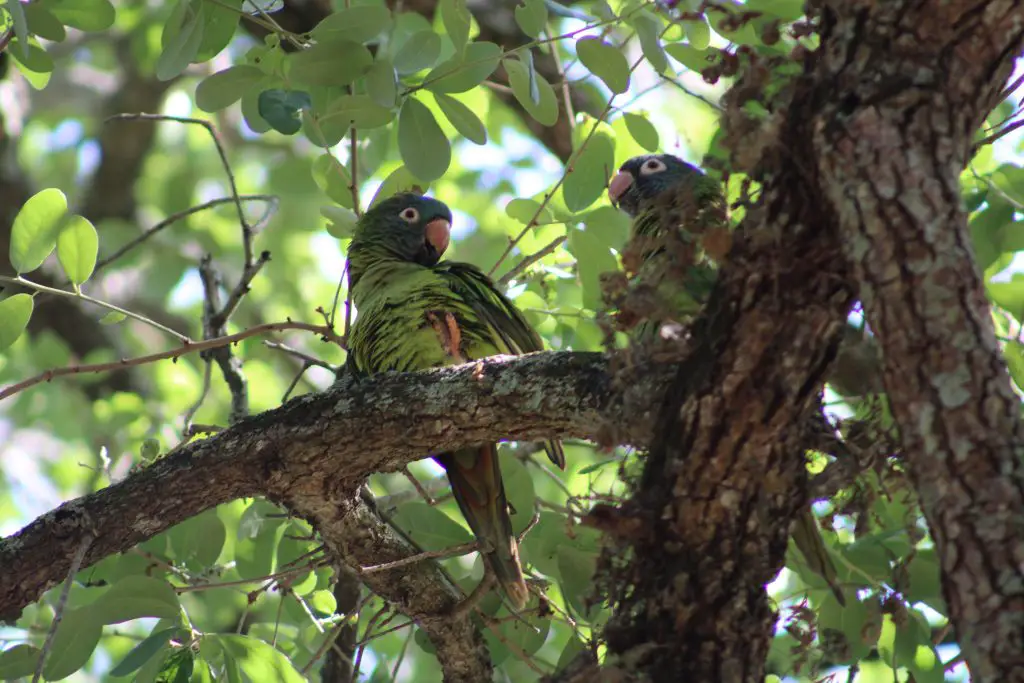
The parakeet is a small and colorful bird belonging to the parrot family. It has a slender body, a long tail, and a hooked beak, characteristic of most parrot species. Parakeets come in a variety of vibrant colors, with shades of green, blue, yellow, and white being common.
They inhabit a diverse range of environments, including grasslands, woodlands, and scrublands. They are highly adaptable birds, often found in urban areas due to their popularity as pets.
Pangolin

The pangolin is a mammal known for its unique scales. It has a stout body covered in overlapping scales made of keratin, the same substance found in human fingernails. When threatened, pangolins curl into a tight ball, using their scales as a protective armor against predators.
Pangolins live in various habitats across Africa and Asia, including forests, grasslands, and savannas. They are primarily nocturnal creatures, using their strong claws and keen sense of smell to locate ant and termite nests, which form the majority of their diet.
Pufferfish

In my opinion, pufferfish are some of the most adorable creatures in the sea due to their defensive mechanism.
When threatened, it inflates its body by rapidly swallowing water or air, turning itself into a spherical shape, making it appear much larger and deterring potential predators. Some species also have sharp spines on their skin as an additional deterrent.
Pufferfish live in both marine and brackish waters around the world, with a preference for tropical and subtropical regions. They inhabit coral reefs, seagrass beds, and rocky shores.
Pronghorn

The pronghorn is a North American ungulate, often mistaken for an antelope due to its appearance. It has a slender body with tan or brown fur and distinctive white markings on its throat and belly. Pronghorns also possess striking, branching horns on their heads, which they shed and regrow annually.
Pronghorns prefer open grasslands, shrublands, and deserts across North America, including the United States, Mexico, and parts of Canada. They are well-adapted for running, capable of reaching speeds up to 60 miles per hour (97 kilometers per hour), making them one of the fastest land animals in the world.
Prairie Dog

The prairie dog is a highly social rodent found in the grasslands of North America. They have a stout body, short legs, and a bushy tail. Prairie dogs have soft fur, varying in color from light brown to gray.
Prairie dogs prefer open grasslands and prairies, where they construct complex underground burrow systems. These burrows provide shelter, protection from predators, and serve as communication hubs for their close-knit colonies. They use a wide range of vocalizations and “jump-yips” to convey specific messages, such as alerting the colony to the presence of predators.
Prairie Falcon
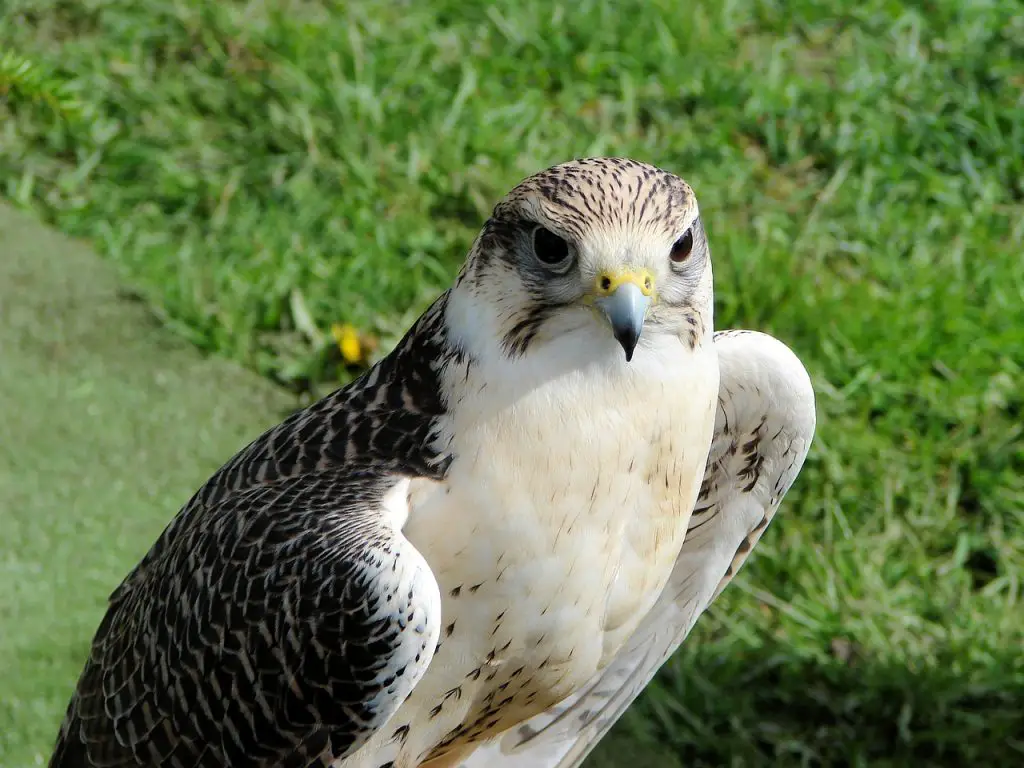
The prairie falcon (Falco mexicanus) is a magnificent bird of prey found in the open grasslands and deserts of North America. It is a medium-sized falcon with a wingspan of about two feet and a distinctive dark mustache mark on its face. Their upperparts are grayish-brown, and their underparts are pale with fine streaking.
Prairie falcons are highly adaptable and can be found in a variety of habitats, including grasslands, deserts, and open country. Unlike many other falcon species, they often use a combination of perch hunting and low-level flight to surprise their prey.
Pygmy Marmoset
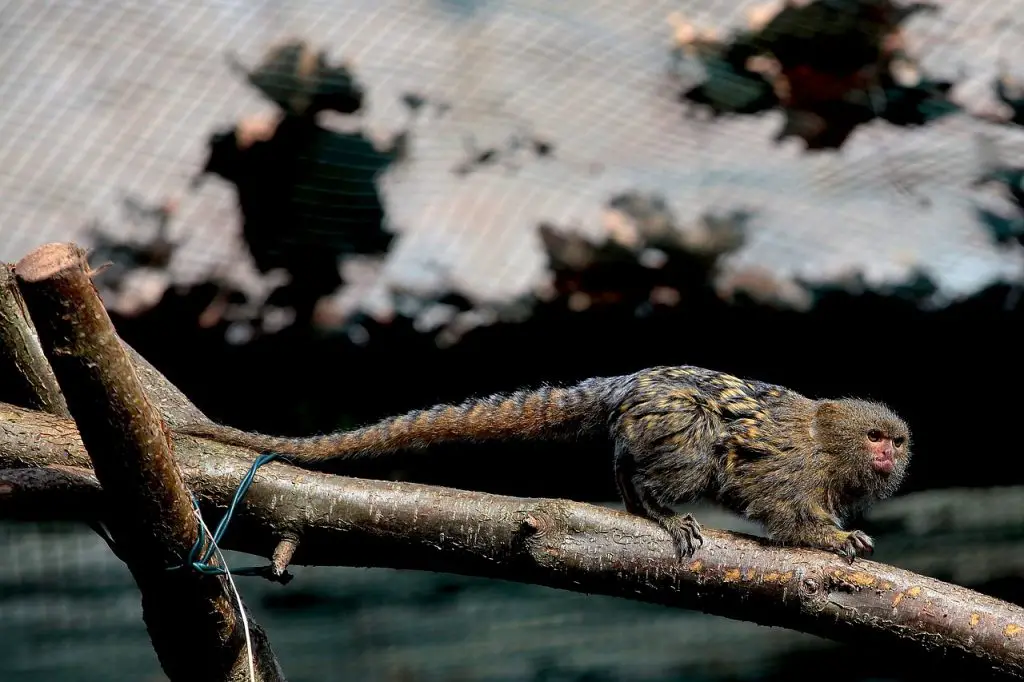
The pygmy marmoset is the tiniest monkey in the world, measuring only about 5 to 6 inches (12 to 15 centimeters) in length, excluding its tail. It has a distinctive color pattern, with grayish-brown fur on its back and white fur on its underparts. Their face has black rings around their large eyes, giving them an endearing and expressive appearance.
Pygmy marmosets are native to the rainforests of South America, including parts of Brazil, Peru, Ecuador, and Colombia. They are highly arboreal and spend most of their lives in the treetops, using their long tails to maintain balance as they leap from branch to branch. Up in the trees, they live in close-knit family groups, with pairs forming strong bonds and engaging in cooperative parenting to care for their offspring.
Patas Monkey
The patas monkey (Erythrocebus patas) is a long-legged and agile primate found in the savannas and semi-arid regions of Africa. It has a slender body with reddish-brown fur on its back and lighter fur on its belly. Their distinctive facial features include white fur on their cheeks and a dark stripe running from their eyes to their chin.
They are the fastest primates on land, capable of reaching speeds up to 34 miles per hour (55 kilometers per hour).
Peregrine Falcon

The peregrine falcon is a majestic bird of prey with remarkable hunting prowess. It has a streamlined body with long, pointed wings and a sharply hooked beak, ideal for its high-speed dives.
During their hunting dives, known as “stoops,” they can reach speeds of up to 240 miles per hour (386 kilometers per hour), making them the fastest animals on Earth.
Pheasant

The pheasant is a striking and colorful bird belonging to the Phasianidae family. It has a long tail, bright plumage, and a distinctive facial ornamentation, including a colorful wattled face and striking feather patterns. Male pheasants, known as roosters, exhibit more vibrant colors than females, known as hens.
Pheasants have a wide distribution, with different species found across Europe, Asia, and North America. They prefer a diverse range of habitats, including woodlands, grasslands, and farmlands. The birds show off unique mating behaviors. Male pheasants engage in elaborate and captivating mating dances, showcasing their colorful plumage and vocal abilities to attract potential mates.
Piranha

The piranha is a carnivorous freshwater fish known for its sharp teeth and fearsome reputation. They have a robust and elongated body, with powerful jaws and razor-sharp teeth designed for tearing flesh. Their sharp teeth, along with their carnivorous diet, make them highly efficient predators.
Piranhas are native to the rivers and lakes of South America, particularly in the Amazon and Orinoco basins. They thrive in warm and slow-moving waters with abundant vegetation. They often form large schools, working together to hunt and overpower their prey, which can range from smaller fish to larger animals.
Peacock Spider
The peacock spider is a tiny and brilliantly colored arachnid known for its intricate courtship displays. Despite their small size, peacock spiders have iridescent markings and vibrant hues, creating a dazzling spectacle. Males use these colors to attract potential mates during their elaborate mating dances.
Pigeon

The pigeon is a widely distributed bird found in urban, rural, and wild areas across the world. It has a plump body, small head, and short legs. Pigeons display a wide variety of colors and patterns, including gray, white, brown, and iridescent hues.
Pigeons are highly adaptable and can thrive in a diverse range of habitats, including cities, farmlands, and cliffs.
Animals That Start With P: Frequently Asked Questions
You have questions about animals that start with P. I have answers.
What sea animals start with the letter P?
Sea animals that start with the letter P include the penguin, porpoise, and pufferfish.
What is a scaled animals that starts with P?
Pangolins are scaled animals that start with the letter P.
What rodent starts with the letter P?
The rodent that starts with the letter P is the porcupine. Porcupines have sharp quills used as a defense mechanism against predators. They live in various regions around the world, living in forests, grasslands, and rocky terrains.
Final Take on Animals That Start With P
The animal kingdom offers a diverse array of fascinating creatures, and those that start with the letter “P” are no exception. From the playful and intelligent penguin to the swift and majestic peregrine falcon, each animal brings its unique charm to the natural world. Whether it’s the prancing peacock or the tiny and colorful peacock spider, these creatures captivate our imagination and remind us of the beauty and wonder that exists in the animal kingdom.
Which animal that starts with P is your favorite?

